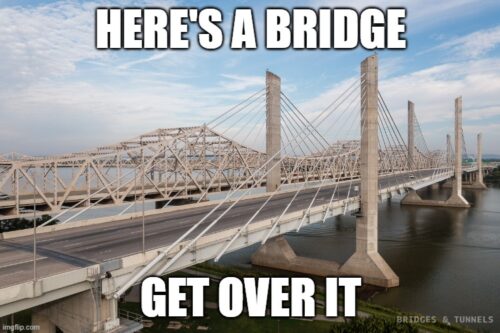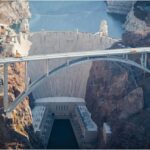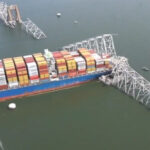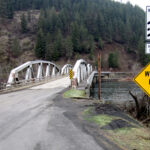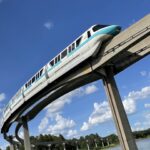Imagine you’re in this scenario. You’ve just been handed a new and exciting project. You know next to nothing about what needs to be done. But the more you familiarize yourself with the project, the more you start to realize that the project summary really doesn’t match up with what needs to be done. We’ve all been there. We’ve all grappled with terms such as ‘scope creep’ and ‘scope change.’ Regardless of your profession, we all know what a poor scope can do to a project.
In this edition of TheBridgeGuy, we’ll be looking at the concept of project scope in bridge projects. What is a project scope? Or more importantly, what it is not. How is project scope developed? How is it communicated? How do bridge engineers handle scope changes? Why is scope so important? Stay tuned for answers to these questions and more.
Every profession deals with a project scope in some way, shape or form. A plumber might get called out to repair a leaky faucet. The leaky faucet is the scope of work. The home owner is expecting a non-leaking faucet after the plumber leaves. The plumber knows about how much effort this is going to take to fix. Both sides know what the problem is and both sides know what the desired outcome is.
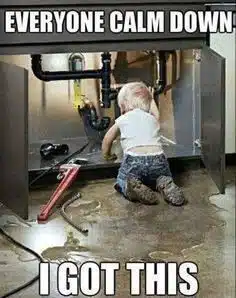
Lawyers use briefs in a similar fashion, although the understanding is usually between the court and the two sides litigating the case. The document outlines the arguments or precedents that are involved, essentially it outlines how, if this case continues, how counsels will approach or argue their cases.
Even doctors have scopes of work. A surgeon usually knows the scope of the surgery they are about to perform. An appendix to be removed. A heart transplant. A quadruple bypass. With a well-defined scope, the surgeon knows what the problem is, what needs to be done in the operating room and the desired outcome after the surgery is complete.
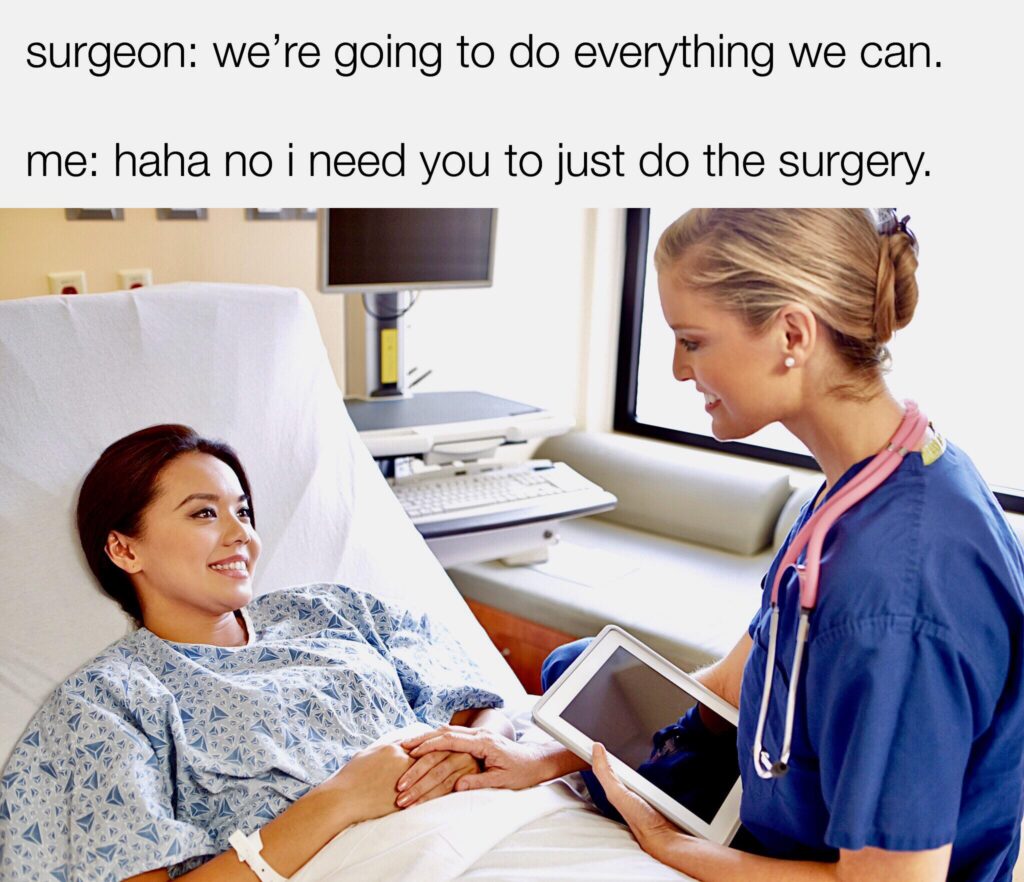
A scope of work can be defined in nearly any context or profession, they might just be called different things. And for good reason – a scope is likely the single most important part of any project. It defines the task at hand. It provides guidance. It illuminates one path to a successful outcome.
However, a scope is not a guarantee of outcome. It defines the task that needs to be done, but the scope itself does not actually substitute for the task itself. A scope provides guidance, but usually requires a great deal of work to achieve the desired outcome. The path suggested by the scope need not be the actual path taken. A scope needs to be a starting point, but it doesn’t always define the actual end of a project.
In the plumber situation, the leaky faucet might not be a loose fitting – instead the entire faucet might be corroded and need replacement. The home owner probably wasn’t expecting that, nor was the plumber. But in the end, the desired outcome was achieved – a non-leaking faucet.
In the lawyer situation, new information may change the argument that needs to be made. New charges may require additional rebuttals. In some cases, a whole new defense may dispense with one brief in favor of another, perhaps stronger case. The brief does not guarantee the outcome, but it provides a clear path forward for the arguments that need to be made.
When the surgeon begins operating, they may find nothing wrong. Or they may find something else wrong. Either way, the desired outcome – a healthy patient – is achieved.
For bridge engineers, a scope is an important starting point for a successful project. Preliminary design for new bridge projects has already been covered here, but in this article I intend to concentrate on scopes of work related to existing bridges.
Any project is going to be managed in three key areas – scope, schedule and budget. Scope is what needs to be done, schedule is how long it will take to do what needs to be done and budget is how much it will cost to do what needs to be done. A complete scope of work is going to include all three areas, but before we can even think about schedule and budget, we first have to determine what needs to be done, which is where scope comes in.
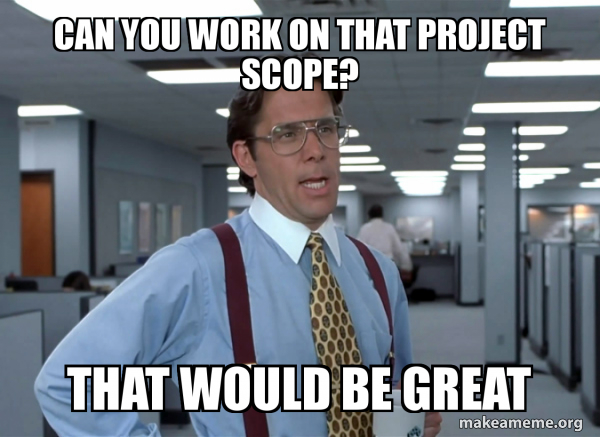
Project scope is developed for bridge projects by considering data from a few different sources.
- One of the biggest sources of data is a complaint – either a user or owner will report an issue. An expansion joint is failing, paint is peeling, there is a hole in the deck, etc.
- Another source is predictive failure. This is a statistical measure where the condition of an element is predicted to need attention at a particular time.
- Bridges are inspected regularly and the condition of elements can be tracked. If continued deterioration is noted, this can bring the issue to the top of the list.
- Emergent issues can be identified too. These are issues such as collisions to bridge barriers, overheight hits or natural disasters.
The first step is identifying if a project is even needed. A scope may come from the initial complaint or data received. An expansion joint is failing; the solution being – it needs to be replaced. Based on that alone, a project may be initiated.
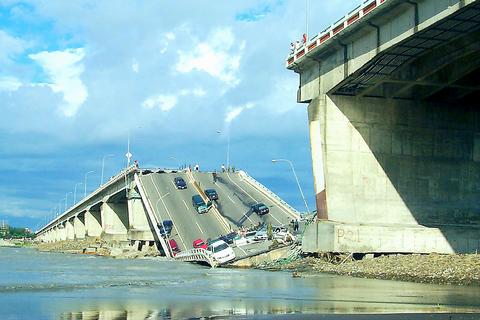
These initial scopes get the ball on the table. But further fleshing out of scope is usually warranted to get a better handle on the other two aspects of a project – schedule and budget. So the expansion joint needs to be replaced, great. But how long will it take? How much will it cost? To figure these things out, we first need to further refine the scope.
Scope refinement can then be handled in a few different ways. If the project is large, complex and challenging – a formal study may be needed to devote resources to proper study of the problem. This is usually called a pre-design study. For new bridges, an analog may be a Type, Size and Location study. But for rehabilitation projects, the type of bridge and location of the bridge are already known.
If the solution is more straightforward, a simple scoping summary may be more appropriate. This involves a short write up on the problem, identify a few solutions, and leave it at that. The level of effort here is much less than a full study.
Whether it is a short summary or a complex study, the outcome is usually the same. Such documents attempt to identify a few options for consideration by decision makers or by the final designer, estimate the cost for each option, recommend a preferred alternative and perhaps give some guidance on how long the project will take.
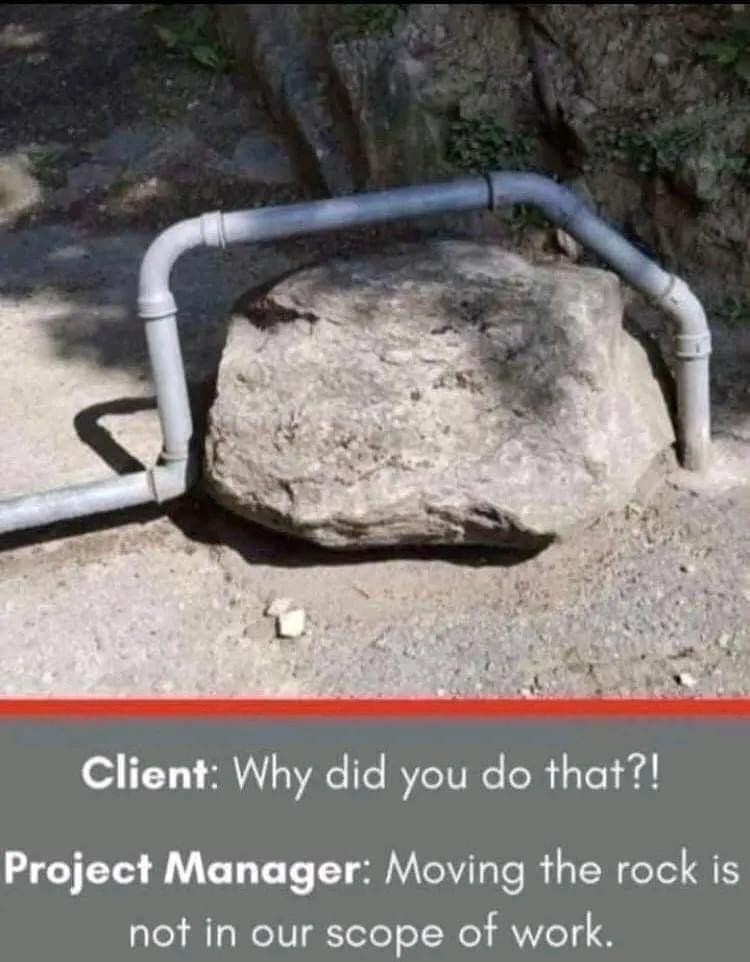
It is important to note here that for the bridge engineer involved in scoping, overall project schedule and budget are often beyond their control. This is because bridge estimates typically do not involve civil items such as traffic control, maintenance of traffic and other discipline work. It is important, therefore, to specifically note this in any report prepared by the bridge engineer.
Despite the scoping engineer’s best efforts, they are still human, and sometimes scopes can be difficult to achieve, be the utterly wrong concept or be incomplete. The time between scoping and final design can often be lengthy, sometimes several years. In this time, new information or techniques may be available that were not during scoping. If a different engineer is assigned final design, they may have different ideas for the project. Regardless of the reason, this is called scope change.
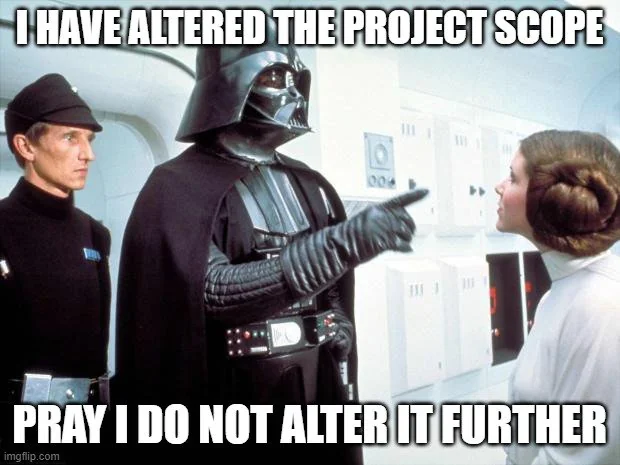
Scope change can be benign, especially if the cost is less or the schedule is unaffected. Where it becomes more of an issue is when it affects cost, schedule or both. Cost increases often require justification. Is the solution better? Was the original scope fatally flawed? Project managers will be asking these questions, so the bridge engineer should have some good reasons besides personal preference.
Schedule impacts during design are less of an issue. Design time itself is usually not an issue when scope changes, but impacts to construction schedule can be more of an issue. Schedule is often developed during design and can more easily include scope changes. Change in scope can affect permitting by changing the time required for construction or the impact on the environment. These issues are handled outside of the bridge engineer’s realm but a well-rounded bridge engineer should have at least a basic understanding of the permitting process.
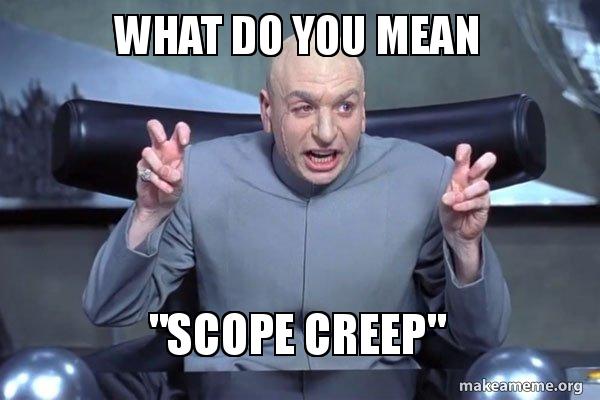
Scope creep is distinct from scope change, and can be more insidious. Scope creep happens when more and more gets added to the project beyond the original scope. You need to have your roof replaced. When they remove the shingles, they discover a rot problem with the sheathing that needs to be taken care of before the new shingles go down. This is an example of scope creep.
Scope creep can occur at any stage of a project. On bridge rehabilitation projects, scope creep usually presents as a differing site condition. During design, the bridge engineer may discover problems that need to be corrected in order to properly carry out the original scope. These sorts of issues are unforeseen. Much of the angst with scope creep is why the issue was not captured in the original scope. But it is important to remember that scoping is a focused task on the known deficiencies. Unless a project is geared at overall bridge overhaul (most projects are not), the scoping engineer will tend to stick to the deficiency in question.

Another avenue for scope creep is the addition of scope by others. This can happen when persons external to a project request additions to a project. For bridge projects, this can be the addition of an overlay when the original scope was just an expansion joint modification. What makes this form of scope creep so insidious is that persons external to a project have no responsibility for the schedule or budget of a project. It can also delay otherwise urgent projects if the project manager does not have sufficient decision making authority on projects under their responsibility.
The ramifications of scope creep are more troublesome than a simple scope change. Budget is of paramount concern. The addition of things to a scope can quickly blow a budget. This is handled under construction by miscellaneous repair bid items that help pay for additional, unforeseen work without a change order. When unforeseen issues arise during design, there is usually time to pivot and seek additional funding or delay a project until more funding is available. Design time is cheap compared to delays or added work under construction.
So why is scope so important? Like other aspects of the human experience, communication is critical. A properly developed scope communicates a problem with a solution to everyone involved. A clear scope defines what is and what is not going to be addressed by a project. Without a scope, you may know what the problem is but the solution is unclear. The goal of a scope should be to come to some sort of consensus on the path forward, even if the actual path taken is totally different.
What do you think? How do you feel about scope change and scope creep?
Views: 576